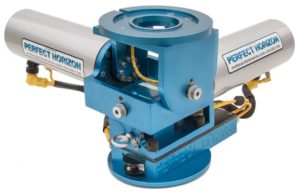Today I was looking at a lot of the different applications that I normally use on my phone and through my web browser. If I was talking to someone who had never experienced either of these before, they might believe that I generally have a single specific device for a specific task, and that in terms of functionality there would be little overlap of major features. However, for anyone that has experienced either of these mediums, they are aware of the wide variety of applications and programs that duplicated the functions of other applications.
My complain is two-pronged on this issue of applications that start or continue with a Hackathon paradigm. First, the old Unix philosophy says do one thing and do one thing well. On this specific point, I believe that many applications start out with the right intentions, however over time there is a significant feature creep effect that takes place. I believe that this is the result of “Hackathon project” becoming more than “Hackathon projects.” The developer of these application feel that they are going to form a company with a project that in terms of complexity should really be no more than a side project. Essentially what I am saying, is to develop and maintain your application X, it _might_ take 2 hours a week once it is launched. However, these individuals choose to attempt to make a 50 hour, startup styled, work week out of these types of projects.
My second issue with the “Hackathon projects” is don’t assume that something that you can write in 24 hours is not easily copied. There are a lot of very complex and difficult problem that exist in the world today. Nearly all of these types of problems can not be solved in a short period of time. Additionally, if a product can be made in 24 hours given the proper tools and skills, then it is only a matter of time before there is a large number of people who will be competing with you. Some might even have better products given that they were able to replicate your product in such a short period of time, and then vastly improve upon there after.
With these two issues, I am not saying that Hackathons are bad,Hackathons provide a relativity easy way to create demos to show of skills. However when it comes to publishing a product I believe that people should think a little more about what they are going to create and invest enough time into the product such that it is not just going to be another 1 of 100 “identical” products.

